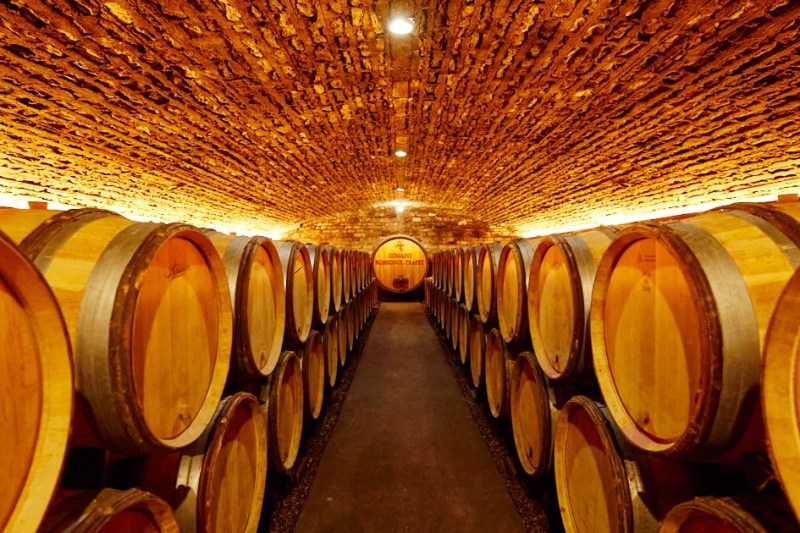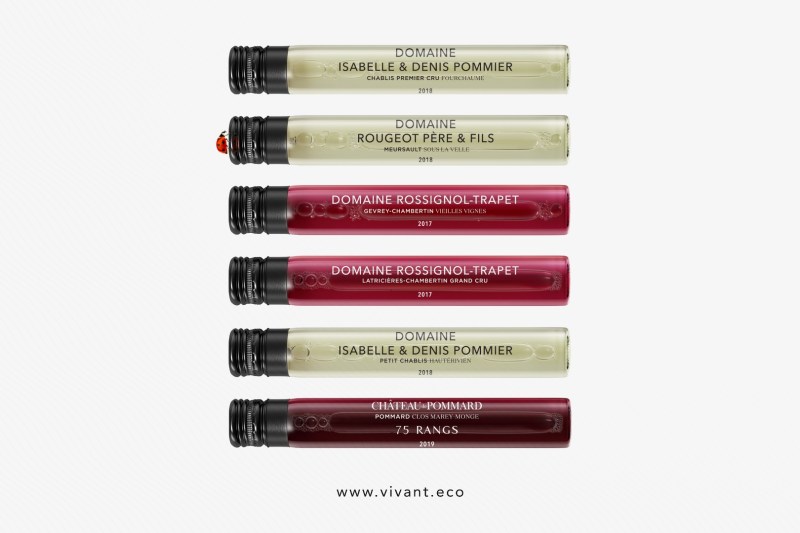
There have never been more wine club delivery services than there are today. That’s not shocking info, we know, as an era of direct-to-consumer bliss is already upon us, and obstacles like the pandemic make the model all the more appealing. It can even go one step further, when the experience involves seemingly faraway wines, in a fashion that puts the environment very much at the forefront.
Related Reading
VIVANT is that club and is presently changing the at-home wine tasting kit playing field. After trying the Bordeaux Essentials kit at home, it was pretty easy for me to see why the program is getting so much buzz, including an impressive early nod from Wine Enthusiast as a nominee for Innovator of the Year. The club has several good things going for it, including genuine experiential tastings and a habit of showcasing organically made wines (meaning no synthetics in both the vineyard and the winery).
There are quality arguments even against organic agriculture and production, but compared to conventional farming it is far and away the better choice, especially for the environment. This makes VIVANT all the more attractive. And, as a drinks writer bombarded with excess weekly, namely in the form of packaging, I also like the format. VIVANT sends out kits with 100-ml vials, under screwcap. That means no glass, nor the energy and resources needed to create and ship glass, nor any cork. Just a slim box filled with six sought-after wines and access to some informative digital tastings.
How it Works

One of Vivant
VIVANT’s main tenets are to eliminate wine’s carbon footprint. It’s a big task for an industry that involves farming, production, shipping, and a lot of jet-setting tourism. So, instead of going to Bordeaux, the famed wine region came to me. I was greeted with a box of six vials from some pretty famous producers, for a total volume of 600 ml of wine (a regular bottle is 750 ml, mind you). The advice from above is to enjoy the tasting as a duo, which is just about perfect in terms of getting enough to really swirl, taste, and repeat.
The kit included wines from esteemed Chateaus like Ferran, Haut-Bergey, Grand Corbin-Despagne, and more. The wines were united in terms of regionality but very distinctive—and across the board impressive. It’s an especially interesting time to taste from the peerless French region, as it’s finally acknowledging climate change and not only looking to produce wines more sustainably but even to allow new grape varieties within its hallowed vineyard rows.
As you’re tasting, you can enhance it all with a live or on-demand accompanying video. Various in-the-know types chat about the climate, varieties, geography, and soil of the locale or locales that produced the wine. It’s a nice element to have in the background especially, as it’s not intrusive but will likely arm you—especially those just getting into wine—with some fascinating factoids. If you choose to fully engage, there’s a lot to do, including random pop quizzes, bios on the various producers, etc. If you don’t like to be told what you’re tasting, tune the tasting part out. However, if you like that sort of thing and need to put a finger on what you’re smelling or tasting, it can be somewhat helpful.
The digital accouterments are split into various topics, like food and wine, travel, essentials, and tasting. There’s even a burgeoning music and wine section. In terms of wine, there are currently more than 20 kits and counting available. There’s a membership level, too, not unlike enrolling in a wine club, that allows for discounts on kits, a personal wine advisor, and a few more perks. One can go this route for monthly or annual dues.
The Verdict
This is a platform worth trying. Even if you don’t care as much about having a pro walk you through the tastings (certainly my case), the wines alone are well-curated and the format is sleek and thoughtful. So, it’s recommended primarily from a wine sourcing standpoint as most kits offer a nice intro to the famed region they represent. But there’s also a fun travel element, which whisks you away to Burgundy or the Rhone without the stuffy processed airplane air and annoying tour groups. It’s a little like a trip to grandma’s, only instead of Tang and a boring slideshow, you’re treated to some compelling wines and an interactive dive into a lauded part of France’s wine map. I mean, even casual wine drinkers love footage of old French castles while they’re sipping (it’s the main reason I watch Le Tour).
Presently, VIVANT is offering three free experiences as part of a larger promotion and, in adding new experiences monthly, the options will only multiply. There’s little to complain about, aside from the slight awkwardness that comes with all things interactive these days (the polls, the subtle delays, the green screens, the sometimes forced participatory element). But we’re all used to that now and overall, VIVANT’s approach is pretty streamlined, especially for being so new. It’ll be fun to see how it expands, whether that’s with more within France or to other iconic wine countries in Europe and beyond.



